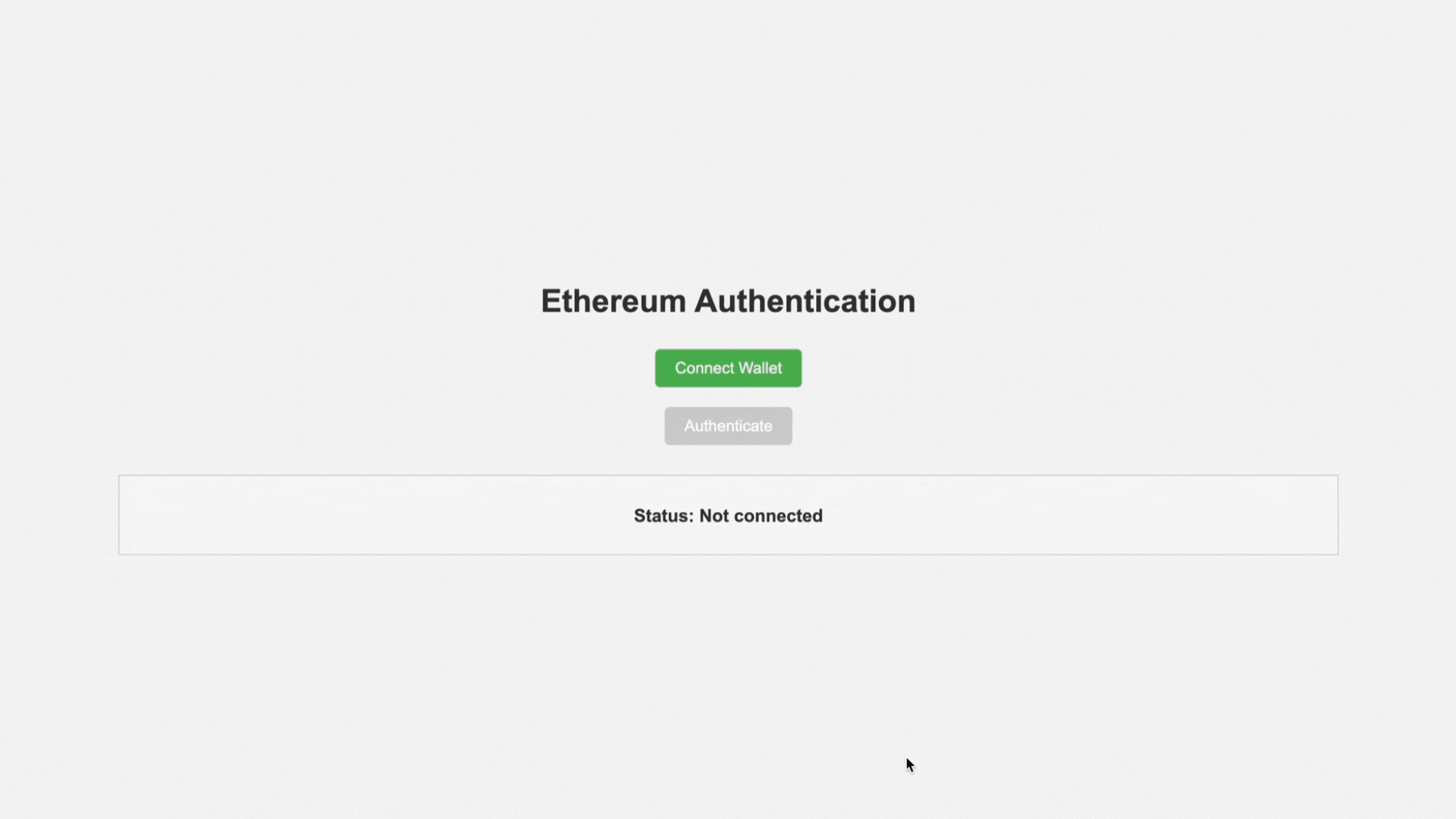介绍
eRPC 是一种容错 EVM RPC 代理和永久缓存解决方案。它在构建时充分考虑了读取密集型用例,例如数据索引和高负载前端使用。

doc: https://docs.erpc.cloud/
github: https://github.com/erpc/erpc
为什么选择 eRPC?
以下是构建 eRPC 的主要原因:
- 通过本地缓存来降低 RPC 使用和出站流量的总体成本。
- 在一个或多个提供商中断的情况下为 RPC 消费者提供容错且可靠的源。
- 为内部团队和项目以及上游 RPC 第三方公司提供对 RPC 使用情况的全球可观察性。
特征
- 通过跟踪响应时间、错误率、区块链同步状态等实现跨多个上游的故障转移。
- 为每个项目、网络或上游提供自我施加的速率限制,以避免滥用和无意的 DDoS。
- Prometheus 指标收集和 Grafana 仪表板用于监控RPC 端点的成本、使用情况和健康状况。
eRPC 可以在两个主要领域提供帮助:
- 缓存已进行的 RPC 调用(eth_getLogs、eth_call、eth_getBlockByNumber 等)
- 对 RPC 节点的上游压力进行速率限制以避免致命错误
与更传统的 LB 解决方案(ALB、K8S 服务等)相比,eRPC 将提供以 EVM 为中心的功能,例如:
- EVM 感知健康检查(例如落后多少个区块)
- EVM 感知回退(例如,如果 4xx 是由于缺少块而导致的,则尝试另一个上游)
- EVM 感知方法过滤器(例如,某些方法转到节点 A,其他方法转到节点 B)
缓存存储类型
- memory: 主要用于本地测试,或者不需要缓存太多数据
- redis:当您需要使用驱逐策略(例如一定量的内存)临时存储缓存数据时,Redis 很有用
- postgresql:当您需要永久存储缓存数据(无需 TTL,即永远)时很有用
- dynamodb:当您需要可扩展(与 Postgres 相比)的永久缓存并且更省存储成本
配置相关
- 数据库:配置缓存和数据库。
- 项目:定义具有不同速率限制预算的多个项目。
- 网络:为每个网络配置故障安全策略。
- 上游:使用故障安全策略、速率限制器、允许/拒绝方法等配置上游。
- 速率限制器:配置各种自我强加的预算,以防止对上游造成压力。
- 故障安全:解释用于网络和上游的不同策略,例如重试、超时和对冲。
配置实例
# 日志级别有助于调试或错误检测:
# - debug: 实际请求和响应的信息,以及有关速率限制的决策等.
# - info: 通常会打印成功路径,并且可能会对每个请求打印 1 个日志,以表明成功或失败.
# - warn: 这些问题不会导致最终用户出现问题,但可能表示数据降级或缓存数据库出现故障等问题.
# - error: 这些问题会对最终用户产生影响,例如配置错误.
logLevel: warn
# ERPC 中有各种数据库用例,例如缓存、动态配置、速率限制持久性等.
database:
# `evmJsonRpcCache` 定义缓存 JSON-RPC 调用的目标,面向任何 EVM 架构上游.
# 该数据库在关键路径上是非阻塞的,并且被用作尽力而为.
# 确保存储要求满足你的使用情况,例如在 Arbitrum 上缓存 7000 万个区块 + 1000 万个交易 + 1000 万条记录需要 200GB 的存储空间.
evmJsonRpcCache:
# Refer to "Database" section for more details.
# 请注意,如果表、模式和索引不存在,将自动创建.
driver: postgresql
postgresql:
connectionUri: >-
postgres://YOUR_USERNAME_HERE:YOUR_PASSWORD_HERE@your.postgres.hostname.here.com:5432/your_database_name
table: rpc_cache
# eRPC 监听请求的主服务器.
server:
listenV4: true
httpHostV4: "0.0.0.0"
listenV6: false
httpHostV6: "[::]"
httpPort: 4000
maxTimeout: 30s
# 可选的 Prometheus 指标服务器.
metrics:
enabled: true
listenV4: true
hostV4: "0.0.0.0"
listenV6: false
hostV6: "[::]"
port: 4001
# 每个项目都是网络和上游的集合。
# 例如“后端”、“索引器”、“前端”,如果您只想使用 1 个项目,则可以将其命名为“main”
# 多个项目的主要目的是不同的故障安全策略(更积极且成本更高,或成本更低且更容易出错)
projects:
- id: main
# 您可以选择为每个项目定义一个自行设定的速率限制预算
# 如果您想限制每秒的请求数或每日限额,这将非常有用。
rateLimitBudget: frontend-budget
# 此数组配置特定于网络(又称特定于链)的功能。
# 对于每个网络,“架构”和相应的网络 ID(例如 evm.chainId)都是必需的。
# 请记住,定义网络是可选的,因此仅当您想覆盖默认值时才提供这些。
networks:
- architecture: evm
evm:
chainId: 1
# 有关更多详细信息,请参阅“故障安全”部分。
# 在网络级别,“超时”适用于请求的整个生命周期(包括多次重试)
failsafe:
timeout:
duration: 30s
retry:
maxCount: 3
delay: 500ms
backoffMaxDelay: 10s
backoffFactor: 0.3
jitter: 500ms
# 强烈建议在网络级别定义“对冲”,因为如果上游 A 对某个特定请求的响应速度较慢,
# 它可以向上游 B 启动一个新的并行对冲请求,以响应速度更快的一方为准。
hedge:
delay: 3000ms
maxCount: 2
circuitBreaker:
failureThresholdCount: 30
failureThresholdCapacity: 100
halfOpenAfter: 60s
successThresholdCount: 8
successThresholdCapacity: 10
- architecture: evm
evm:
chainId: 42161
failsafe:
timeout:
duration: 30s
retry:
maxCount: 5
delay: 500ms
backoffMaxDelay: 10s
backoffFactor: 0.3
jitter: 200ms
hedge:
delay: 1000ms
maxCount: 2
# 每个上游支持 1 个或多个网络(chains)
upstreams:
- id: blastapi-chain-42161
type: evm
endpoint: https://arbitrum-one.blastapi.io/xxxxxxx-xxxxxx-xxxxxxx
# 定义处理上游请求时使用哪个upstream
rateLimitBudget: global-blast
# chainId 是可选的,将从端点(eth_chainId)检测,但建议明确设置它,以便更快地初始化。
evm:
chainId: 42161
# 哪些方法绝不能发送到上游:
ignoreMethods:
- "alchemy_*"
- "eth_traceTransaction"
# 请参阅“故障保护”部分以了解更多详细信息:
failsafe:
timeout:
duration: 15s
retry:
maxCount: 2
delay: 1000ms
backoffMaxDelay: 10s
backoffFactor: 0.3
jitter: 500ms
- id: blastapi-chain-1
type: evm
endpoint: https://eth-mainnet.blastapi.io/xxxxxxx-xxxxxx-xxxxxxx
rateLimitBudget: global-blast
evm:
chainId: 1
failsafe:
timeout:
duration: 15s
retry:
maxCount: 2
delay: 1000ms
backoffMaxDelay: 10s
backoffFactor: 0.3
jitter: 500ms
- id: quiknode-chain-42161
type: evm
endpoint: https://xxxxxx-xxxxxx.arbitrum-mainnet.quiknode.pro/xxxxxxxxxxxxxxxxxxxxxxxx/
rateLimitBudget: global-quicknode
# 您可以禁用自动忽略不受支持的方法,而是明确定义它们.
# 如果提供程序(例如 dRPC)与“不支持的方法”响应不一致,这将很有用.
autoIgnoreUnsupportedMethods: false
# 要允许自动批处理上游请求,请使用以下设置.
# 请记住,如果“supportsBatch”为 false,您仍然可以向 eRPC 发送批量请求
# 但它们将作为单独的请求发送到上游.
jsonRpc:
supportsBatch: true
batchMaxSize: 10
batchMaxWait: 100ms
evm:
chainId: 42161
failsafe:
timeout:
duration: 15s
retry:
maxCount: 2
delay: 1000ms
backoffMaxDelay: 10s
backoffFactor: 0.3
jitter: 500ms
# “id” 是区分日志和指标的唯一标识符.
- id: alchemy-multi-chain-example
# 对于某些已知提供商(例如 Alchemy),您可以使用自定义协议名称
# 它允许单个上游导入该提供商支持的“所有链”。
# 请注意,这些链在 repo 中是硬编码的,因此如果它们支持新的链,则必须更新 eRPC。
endpoint: alchemy://XXXX_YOUR_ALCHEMY_API_KEY_HERE_XXXX
rateLimitBudget: global
failsafe:
timeout:
duration: 15s
retry:
maxCount: 2
delay: 1000ms
backoffMaxDelay: 10s
backoffFactor: 0.3
jitter: 500ms
# 速率限制器允许您为上游创建“共享”预算。
# 例如上游 A 和 B 可以使用相同的预算,这意味着它们两者加起来不得超过定义的限制。
rateLimiters:
budgets:
- id: default-budget
rules:
- method: "*"
maxCount: 10000
period: 1s
- id: global-blast
rules:
- method: "*"
maxCount: 1000
period: 1s
- id: global-quicknode
rules:
- method: "*"
maxCount: 300
period: 1s
- id: frontend-budget
rules:
- method: "*"
maxCount: 500
period: 1s
部署测试
TODO
性能对比分析
TODO




